Parts may have to be designed in such a way to make 3D printing possible or easier. You cannot just “instantly” print parts. It takes knowledge to layout the part and choose the necessary settings in the printer’s control software (slicing software). FDM printers have certain design guidelines and restrictions regarding overhangs, minimum wall thickness, orientation, overall size, infill percentage and bridging. 3-Dimensions training will help you design objects suitable for 3D printing. It is also worth remembering that when using a filament printer you are constrained to plastic as a material. There are a few options to use specialist filaments such as wood effect or wax for casting, but plastic is going to make up a large percentage of your prints. 3D printing isn’t bad for the environment 3D Printing uses plastic. plastic waste is a hot and important topic at the moment. The best way to avoid wasting plastic is to avoid printing trinkets, using 3D printers for functional prints can actually help the environment by fixing broken parts thus reducing landfill and reduce transportation miles lowering the carbon footprint for items that can be printed at home. There also are some good quality filaments on the market now that use recycled plastic, using these along with avoiding wasteful prints will help reduce your carbon footprint, but it will not stop it completely. PLA is a biodegradable thermoplastic made from renewable resources like cornstarch or sugar cane. But while PLA is recyclable, it cannot be recycled with other types of plastics because it has a lower melting temperature that causes problems at recycling centers. This means PLA should NOT be recycled with your other domestic recycling. PLA can be composted within 1-3 months at industrial composting facilities, but unfortunately it is not easily composted from home. 3D Printers use a lot of electricity The hotend on a 3D printer reaches temperatures in excess of 200 degrees, but as its tiny it doesn’t cost anywhere near as much as your kettle. A 3D printer actually only costs about 1p an hour to run. 3D printers are a fire hazard True and False: Some printers are fire hazards. It’s usually the cheap clones that have these issues as they have used low quality parts to reach there price point, or they use underrated wiring that melts and causes issues. They have also been known to disable safety measures on the printer software to save space. 3-Dimensions source high quality parts and use software that has safety measures built in to make printing as safe as possible. As part of our training we will help you setup your printer safely and teach you how to use it without harm. With the correct training and good quality parts, its as safe as any other electrical goods in your home. 3D printer are Cool Well this one is definitely True :)